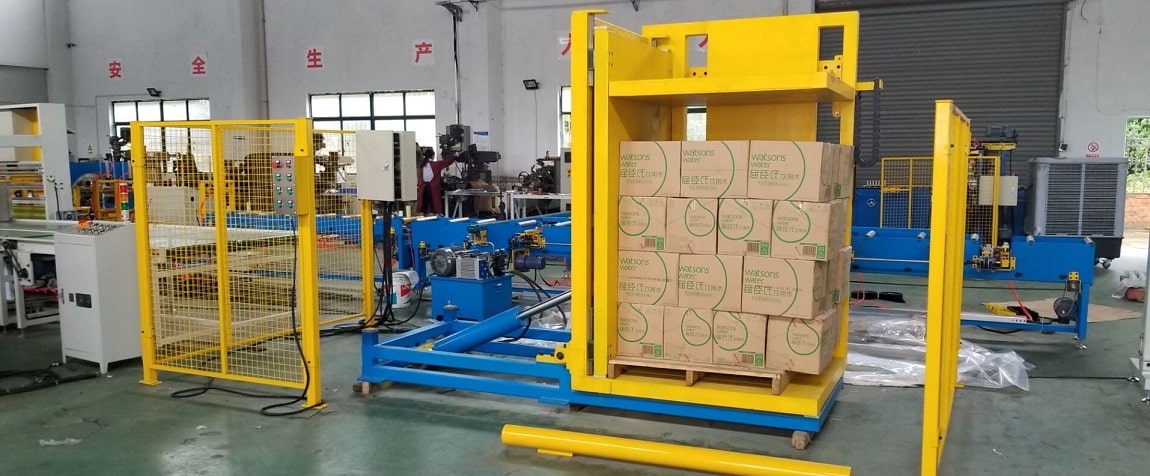
Pallet Inverter
Pallet inverter,pallet changing machine manufacturer in China provide the most cost-performace good quolity pallet exchanging inverter for handling the load easily and safety
The Chinese pallet inverter manufacturer provides pallet, turner, pallet flipper, handling equipments for sale

Pallet inverter,pallet changing machine manufacturer in China provide the most cost-performace good quolity pallet exchanging inverter for handling the load easily and safety
FHOPEPACK is one of leading manufcuterer for pallet invereter and pallet changing machines in China. The pallet inverter equipments manufactured by Fhone Group, is used to change or remove the pallet from the bottom of the load. Our pallet changer is designed with different types in order to be suitable for different loads. This machine can be used in the whole process of touch operation without human involvement. The pallet inverter will meet the customer's different needs from the stack heights, pallet size and weight. The strong structure and clamper ensure the pallet is stable in changing process. Some model equipped with side clamping maintains the integrity of the load. For meeting the EU standard, there is totally automated system with fancy guarding or light barriers. Our team provides customized solution and modification services. Hope to give you the perfect service by the design and manufacture of our pallet inverter.

The key reason is efficiency and operational compatibility. Different handling methods require specific equipment to optimize performance, ensure safety, and reduce manual labor. Choosing the right pallet inverter tailored to your handling way can make a significant difference in productivity and cost-effectiveness.
Here's why:
Hand Hydraulic Tool for Floor-Level Operation:For manual handling at ground level, a pallet inverter designed for hand hydraulic tools ensures simple, straightforward operation. This is ideal for smaller-scale operations where space and budget constraints are critical.
Forklifter Integration: If forklifts are part of your workflow, a pallet inverter compatible with forklifter operations allows for smoother, faster handling. It minimizes the risk of product damage and boosts throughput for medium to large-scale operations.
Conveyor Online In & Out Feeding: For automated or semi-automated systems, a conveyor-compatible pallet inverter streamlines processes, enabling seamless in-feed and out-feed handling. This is crucial for high-volume operations where continuous material flow is essential.
Matching your pallet inverter to your handling method ensures optimal performance, minimizes downtime, and supports long-term operational efficiency.
》By Manually
》By Crane
》By Conveyor
》By Forklifter
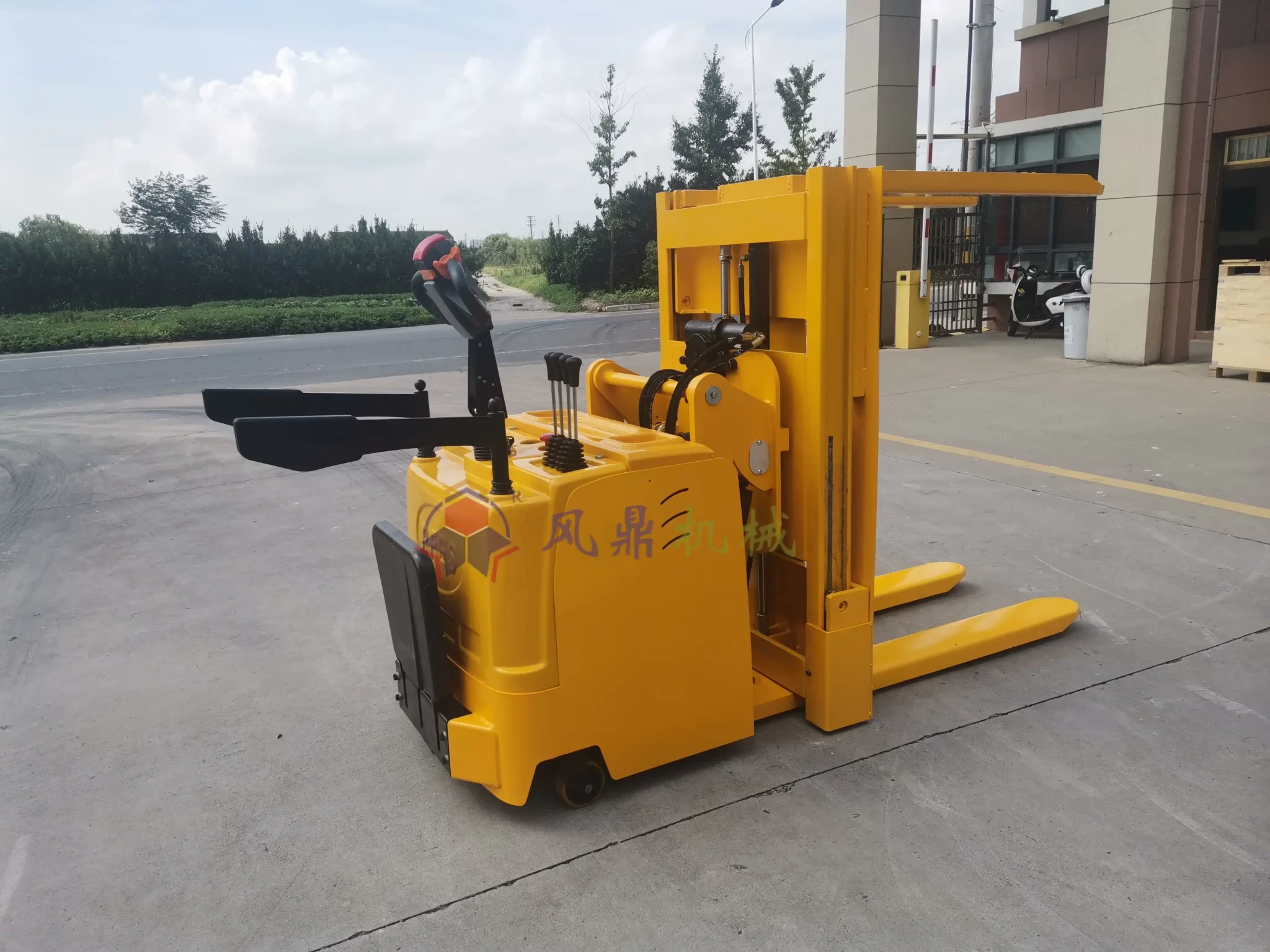
Selecting the right pallet inverter involves evaluating specific operational requirements to ensure compatibility, efficiency, and safety. Here are the essential factors to keep in mind:
Load Size (Min & Max Dimensions): Understand the range of load sizes your pallet inverter needs to handle, including the minimum and maximum length, width, and height. This ensures the machine can accommodate a variety of products without risking instability or inefficiency.
Maximum Weight Capacity: Determine the heaviest load the pallet inverter will need to manage. Overloading can compromise safety and damage the equipment, so selecting a model that supports your maximum weight requirement is critical.
Working Environment: Assess the operational environment, including temperature, humidity, and cleanliness. For example, harsh industrial settings may require a rugged, heavy-duty machine, while food or pharmaceutical industries might prioritize hygiene and corrosion resistance.
By considering these factors, you can select a pallet inverter that aligns with your specific needs, enhances operational efficiency, and ensures long-term reliability.
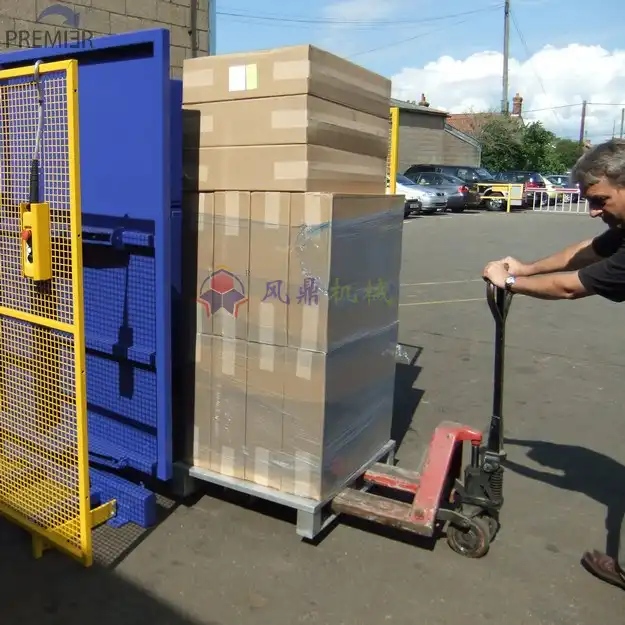
Safety is a top priority when selecting and operating a pallet inverter. To minimize risks and protect both workers and products, consider these essential safety features:
Safety for operation: With Fencing and Light Beams, Modern pallet inverters often come equipped with safety fences and light beams to create a secure working zone. These barriers prevent unauthorized access to the operating area and automatically halt operations if a person or object enters the danger zone, reducing the risk of accidents.
Safety for pallet load: With Clampers and Pressure Control, Ensuring pallet safety during the inversion process is critical. Adjustable clampers and precise pressure controls secure the load firmly without causing damage to the goods or the pallet. This is especially important for fragile or unevenly distributed loads, providing reliable protection during handling.
By choosing a pallet inverter with these safety features, you can ensure a safer working environment and protect valuable products throughout the process.
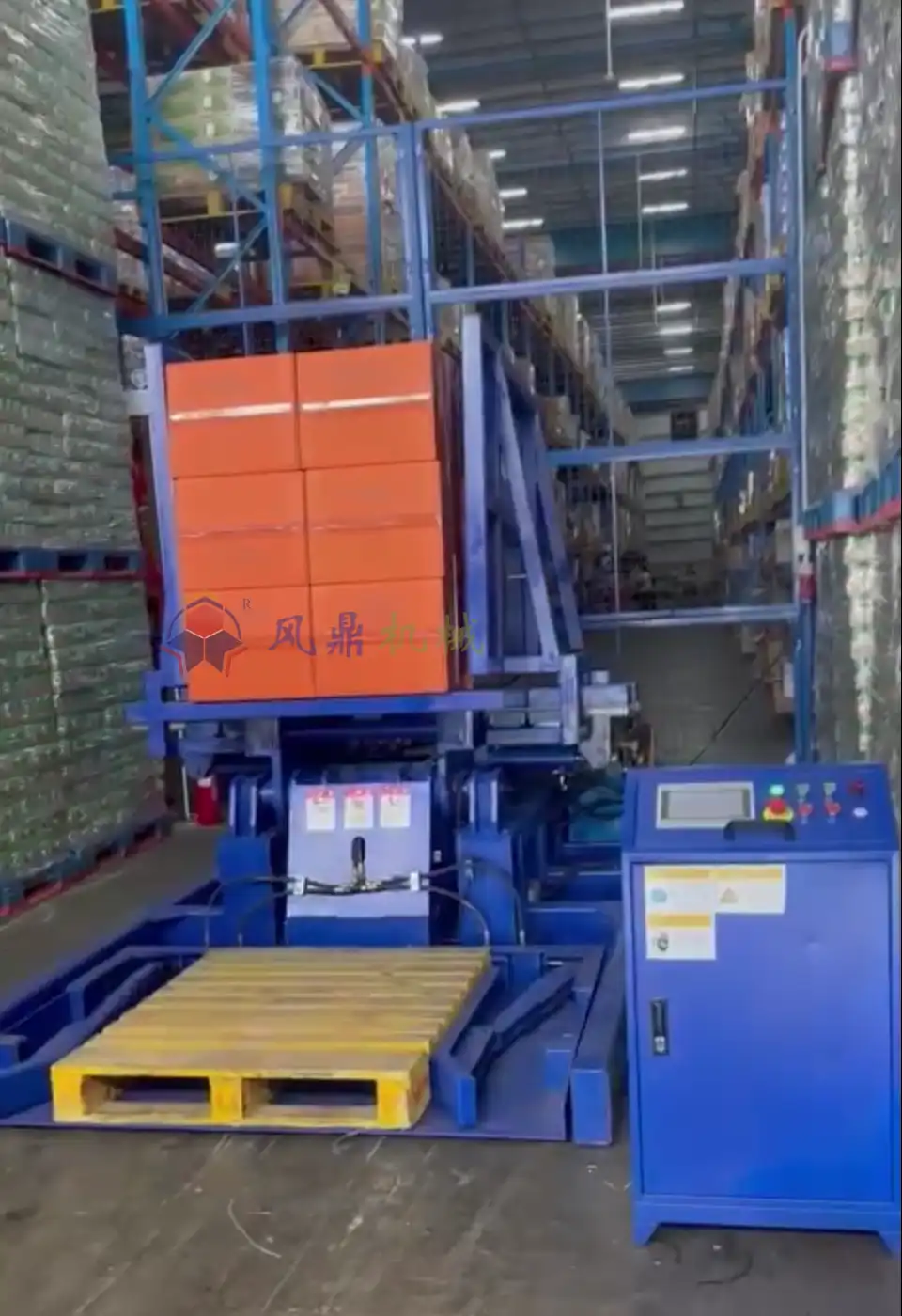
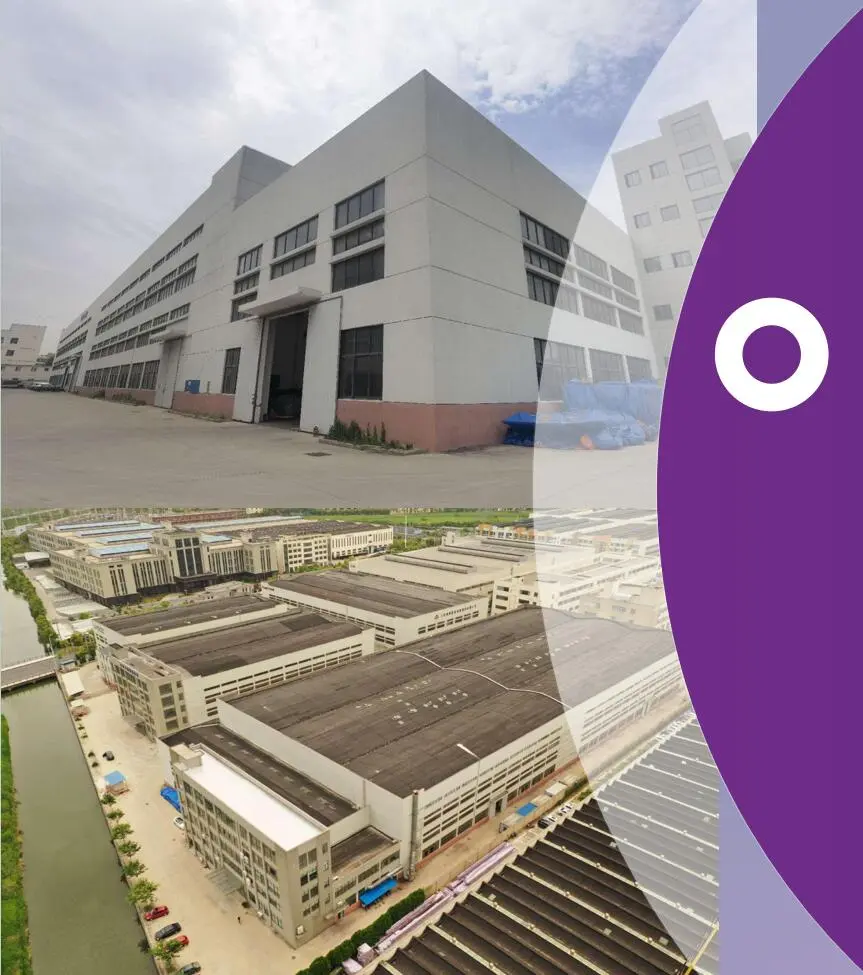
Need help with special solution or customized design per your specification? Searching for the latest coil wrapper? Get support from us...

FHOPE Pallet inverters are revolutionizing the way businesses handle goods, offering streamlined solutions for pallet exchanges, reducing waste, and ensuring workplace safety. Whether you’re in food processing, pharmaceuticals, or general warehousing, the benefits of a pallet inverter go far beyond convenience. Let’s explore why this versatile machine is becoming indispensable across industries.
When managing a warehouse or a production line, the efficiency of handling pallets can be crucial to overall performance. Pallet inverters are essential tools for flipping, rotating, and exchanging pallet loads without manually handling heavy goods, making them indispensable in various industries such as logistics, manufacturing, and warehousing. But how do you evaluate the performance of a pallet inverter? What are the key metrics to consider to ensure you are getting the most from your investment?
In this article, we’ll delve into the critical performance metrics that every business should evaluate when choosing a pallet inverter. These include load capacity, cycle time, safety features, durability, energy efficiency, and integration with existing systems. Understanding these metrics will help you make an informed decision and ensure that your pallet inverter not only meets but exceeds operational requirements.
The load capacity of a pallet inverter is one of the most important metrics to consider. It dictates the maximum weight and size of loads that the inverter can handle safely. In industries where loads are frequently heavy or irregular in shape, it’s essential to ensure that the pallet inverter can support the required weight without compromising safety or efficiency.
Each pallet inverter model comes with a specific maximum load weight. For example, some pallet inverters are designed to handle up to 2,000 kg, while others can support up to 4,000 kg or more. Understanding the average and maximum weight of the loads you handle will help you select an inverter that can handle your daily operations without overloading the machine.
In some industries, products may come in irregular shapes or be stacked unevenly. A high-quality pallet inverter should be able to accommodate these irregular loads without causing damage to the goods. For example, pharmaceutical products, which are often packaged in delicate containers, may require a pallet inverter that offers gentle handling capabilities.
Cycle time refers to the time it takes for the pallet inverter to complete a full inversion cycle. This metric is crucial for businesses focused on productivity, as a faster cycle time can significantly improve workflow and reduce bottlenecks.
A pallet inverter with a fast cycle time allows for more efficient handling of goods, increasing the number of pallets that can be processed in a day. For high-volume warehouses or production facilities, a quick cycle time can make a notable difference in productivity.
However, faster is not always better if it compromises safety. It’s important to find a pallet inverter that strikes the right balance between speed and safety. Machines with customizable cycle speeds allow you to adjust the inverter to match the type of goods being handled, ensuring both safety and efficiency.
Safety is always a top priority when it comes to handling heavy equipment like pallet inverters. A well-designed inverter should come equipped with a range of safety features that protect both workers and goods.
Pallet inverters should have built-in safety guards or barriers to prevent accidents. These guards ensure that operators cannot access the moving parts of the machine while it’s in operation. This helps reduce the risk of injury and ensures that the inversion process is carried out in a controlled environment.
Another critical safety feature is the emergency stop button. In case of an unexpected issue during operation, the inverter should have easily accessible stop buttons that halt the machine immediately. This feature can prevent accidents and protect workers from harm.
Some pallet inverters come with load stabilization mechanisms to ensure that the pallet load remains secure during the inversion process. This is particularly important for delicate or irregular loads that may shift during handling. Load stabilization helps protect the goods from damage and prevents spillage or accidents.
The durability of a pallet inverter directly impacts its lifespan and the return on your investment. A machine made from high-quality materials is more likely to withstand the demands of daily operation and require fewer repairs over time.
When evaluating pallet inverters, check for those made with heavy-duty construction materials such as reinforced steel. This ensures that the machine can handle frequent use in tough environments, such as manufacturing plants or warehouses, without experiencing excessive wear and tear.
In environments where the pallet inverter may be exposed to extreme temperatures, moisture, or corrosive materials, it’s essential to choose a machine with a durable finish or coating that can resist these elements. Rust-resistant coatings and sealed components help protect the machine and extend its lifespan.
With rising energy costs and growing concerns about environmental sustainability, energy efficiency has become a key metric when evaluating pallet inverters. Machines that use less energy not only reduce operational costs but also contribute to a company’s sustainability goals.
One way to measure energy efficiency is by looking at the power consumption of the machine. High-powered pallet inverters may consume more electricity, driving up utility bills. However, many modern inverters are designed with energy-saving features, such as automated shut-off when not in use, which can reduce overall energy consumption.
Some pallet inverters come with additional energy-saving features such as variable speed drives, which allow the machine to adjust power usage based on the load. This ensures that the inverter doesn’t use more energy than necessary, leading to lower operational costs and a reduced environmental footprint.
One of the major advantages of modern pallet inverters is their ability to be customized and adapted to a variety of operational needs. Whether you’re dealing with unique product shapes or specific warehouse configurations, flexibility is a key performance metric.
Many pallet inverters offer adjustable load parameters, allowing you to customize the machine to fit different sizes and types of pallets. This flexibility ensures that the machine can handle a wide variety of products without the need for multiple inverters or constant manual adjustments.
Another consideration is the machine’s compatibility with different pallet types. Some industries may use plastic, wooden, or metal pallets, and it’s important to ensure that the pallet inverter can accommodate these variations. A machine with adjustable clamps or supports can make switching between different pallet types seamless and efficient.
An often-overlooked metric when evaluating pallet inverters is their ability to integrate with existing systems. Whether you’re adding an inverter to a fully automated warehouse or a semi-automated production line, the ease with which the machine can be incorporated into your workflow is crucial.
If your operation relies on conveyor belts to move pallets through the facility, it’s important to ensure that the pallet inverter is compatible with these systems. Some pallet inverters are designed to work seamlessly with conveyors, allowing for a smooth transition from one stage of the production process to the next.
For businesses that utilize Warehouse Management Systems (WMS), integrating a pallet inverter that can communicate with the software is essential for tracking inventory and ensuring that pallets are handled efficiently. Look for machines that offer digital integration options, such as real-time data sharing or IoT capabilities, to enhance operational visibility.
Lastly, one of the most important metrics to consider is the level of maintenance required to keep the pallet inverter running smoothly. Regular maintenance ensures that the machine remains in peak condition, reducing the risk of costly breakdowns and prolonging its operational lifespan.
When evaluating pallet inverters, ask about the recommended maintenance schedule. Machines that require frequent maintenance may lead to increased downtime, while those designed for minimal upkeep can keep operations running smoothly with fewer interruptions.
Additionally, check whether the manufacturer offers readily available spare parts and technical support. Being able to quickly access replacement parts or service technicians in the event of a breakdown is crucial for maintaining productivity and minimizing downtime.
Evaluating a pallet inverter involves assessing a variety of key metrics, including load capacity, cycle time, safety features, durability, energy efficiency, flexibility, integration, and maintenance requirements. By carefully considering these factors, businesses can select a machine that not only meets their operational needs but also contributes to increased productivity and long-term cost savings.
Choosing the right pallet inverter is about more than just purchasing a machine; it's about investing in a tool that will improve your overall workflow, reduce labor costs, and enhance safety. By focusing on the metrics outlined in this article, you can ensure that you choose a pallet inverter that maximizes efficiency and delivers a strong return on investment for years to come.